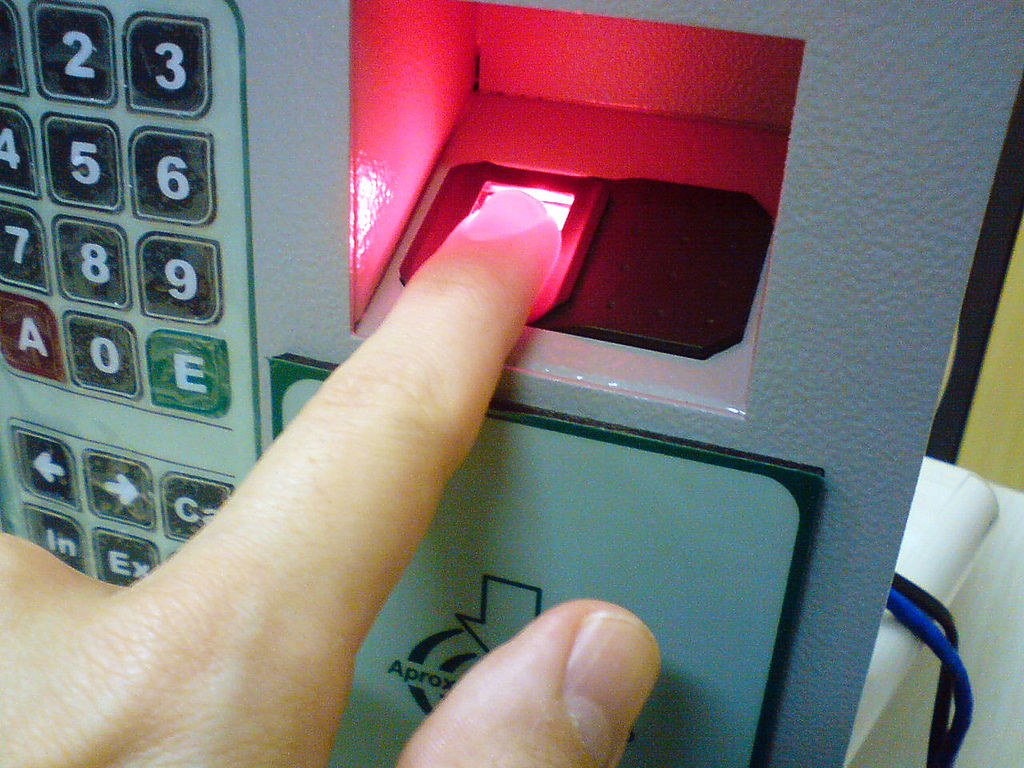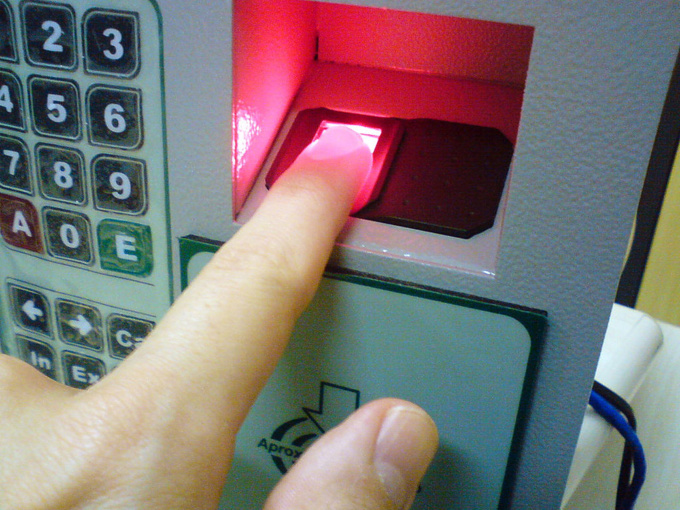As the Ministry of Public Security noted in its statement today, collection of biometric data from foreign nationals entering the country "is an important measure to strengthen immigration control, and many countries of the world use it at the moment." Border officials at the international airport of the southern city of Shenzhen (Guangdong) will fingerprint all foreign nationals aged between 14 and 70 years inclusive starting from tomorrow. An exception is made only for representatives of diplomatic services of other countries and for members of foreign delegations of level not lower than deputy ministers.
Changes in the country’s border crossing, allowing to collect fingerprints and other biometric data, were introduced in July 2012. Now, according to the Chinese authorities, this measure as relevant as ever taking into account current situation in the world. According to the Ministry of Public Security, number of foreign citizens arriving in China, has been growing steadily by 10% per year since 2000. For its part, the authorities promise to do everything to ensure that the procedure for taking fingerprints will be well-functioning and will not slow down airport customs control. Once the scheme is successfully tested in the Shenzhen International Airport, it will be expanded to all other points of entry into the country. Apart from China, such measures have been introduced in the United States, Japan, Taiwan and Cambodia.
Number of those foreign citizens who in 2016 obtained a permanent residence permit in China, increased by 163% yoy and amounted to 1576 people, according to the country’s Ministry of Public Security.
Holders of local green card will be able to enjoy the same rights as Chinese citizens in areas such as investment, purchase of property and education. Such a sharp increase in the number of foreign nationals can be explained by simplification of certain bureaucratic government procedures for filing documents.
Since September 2015, the Government adopted a resolution, which significantly facilitated procedure for obtaining a permanent residence permit. Now, consideration of applicant's claims has become more flexible and practical. Prior to this act, issuance of green cards was governed by rather strict rules, and the procedure was considered one of the most complex in the world until 2015. Only few could get a green card in such circumstances.
Curtailed rules have resulted in a sharp increase in number of applications for residence permit. In Shanghai, for example, this figure grew six fold for one year after simplification of the migration regime, and grew by 426% yoy in Beijing in 2016. Over 600 thousand foreign citizens are living and working in the country now.
source: reuters.com
Changes in the country’s border crossing, allowing to collect fingerprints and other biometric data, were introduced in July 2012. Now, according to the Chinese authorities, this measure as relevant as ever taking into account current situation in the world. According to the Ministry of Public Security, number of foreign citizens arriving in China, has been growing steadily by 10% per year since 2000. For its part, the authorities promise to do everything to ensure that the procedure for taking fingerprints will be well-functioning and will not slow down airport customs control. Once the scheme is successfully tested in the Shenzhen International Airport, it will be expanded to all other points of entry into the country. Apart from China, such measures have been introduced in the United States, Japan, Taiwan and Cambodia.
Number of those foreign citizens who in 2016 obtained a permanent residence permit in China, increased by 163% yoy and amounted to 1576 people, according to the country’s Ministry of Public Security.
Holders of local green card will be able to enjoy the same rights as Chinese citizens in areas such as investment, purchase of property and education. Such a sharp increase in the number of foreign nationals can be explained by simplification of certain bureaucratic government procedures for filing documents.
Since September 2015, the Government adopted a resolution, which significantly facilitated procedure for obtaining a permanent residence permit. Now, consideration of applicant's claims has become more flexible and practical. Prior to this act, issuance of green cards was governed by rather strict rules, and the procedure was considered one of the most complex in the world until 2015. Only few could get a green card in such circumstances.
Curtailed rules have resulted in a sharp increase in number of applications for residence permit. In Shanghai, for example, this figure grew six fold for one year after simplification of the migration regime, and grew by 426% yoy in Beijing in 2016. Over 600 thousand foreign citizens are living and working in the country now.
source: reuters.com



















